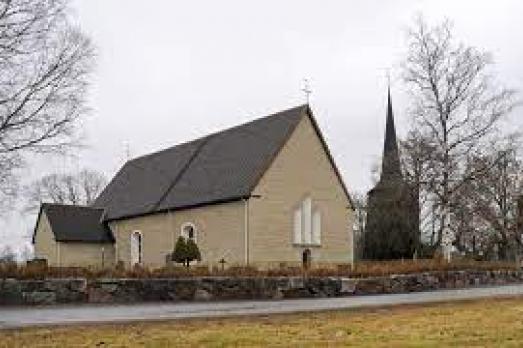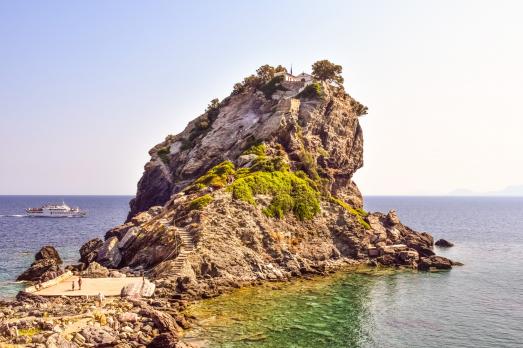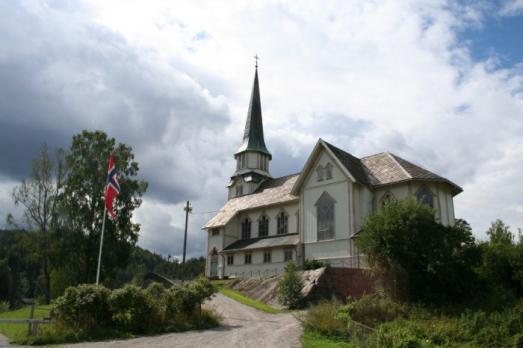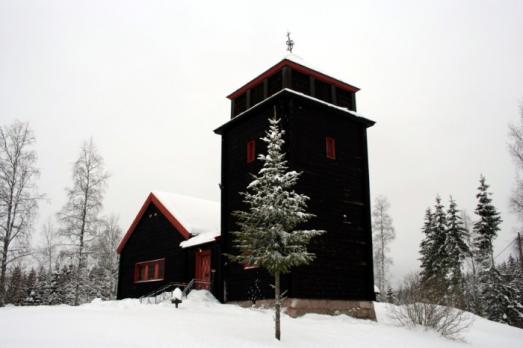
Skollersta kyrka
Skollersta, SE
Medieval church that has come to be called urNurke's cathedral "as it is as big as a small cathedral, but built in the countryside. The church was built in the Gothic style during the 13th and 14th centuries. Inside the church there is a beautiful interior - rows of pillars in three ships. The church contains several older objects, such as statues of Mary, baptismal fonts, unique stained glass windows and many medieval fixtures.The pulpit from 1592, is one of the oldest in Nurke.The church's maximum number of visitors is 300.















